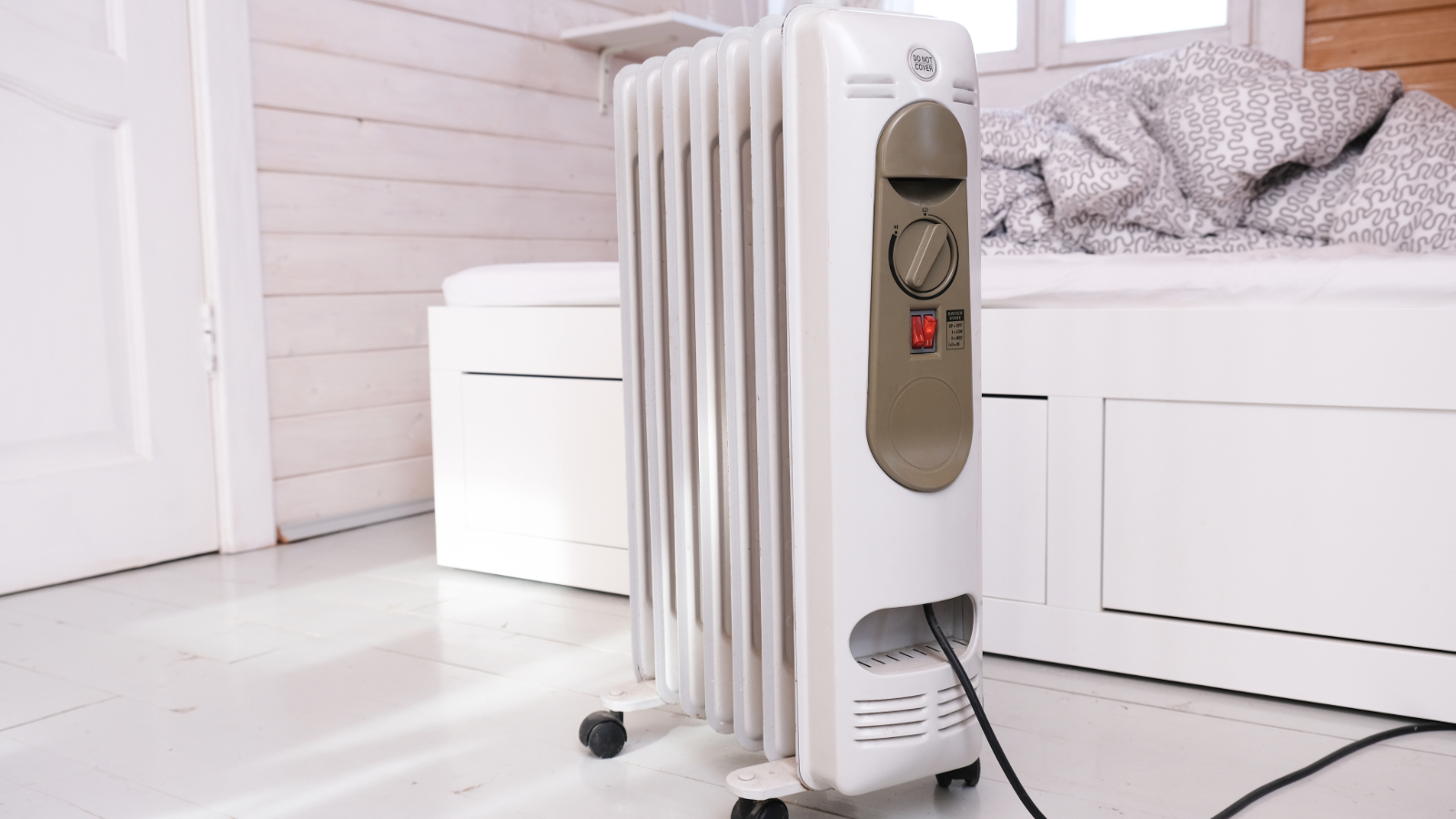What is a thermostatic shower and how do they work?
Exactly what is a thermostatic shower and is this the right choice for you? We take a look at how these showers work and their pros and cons
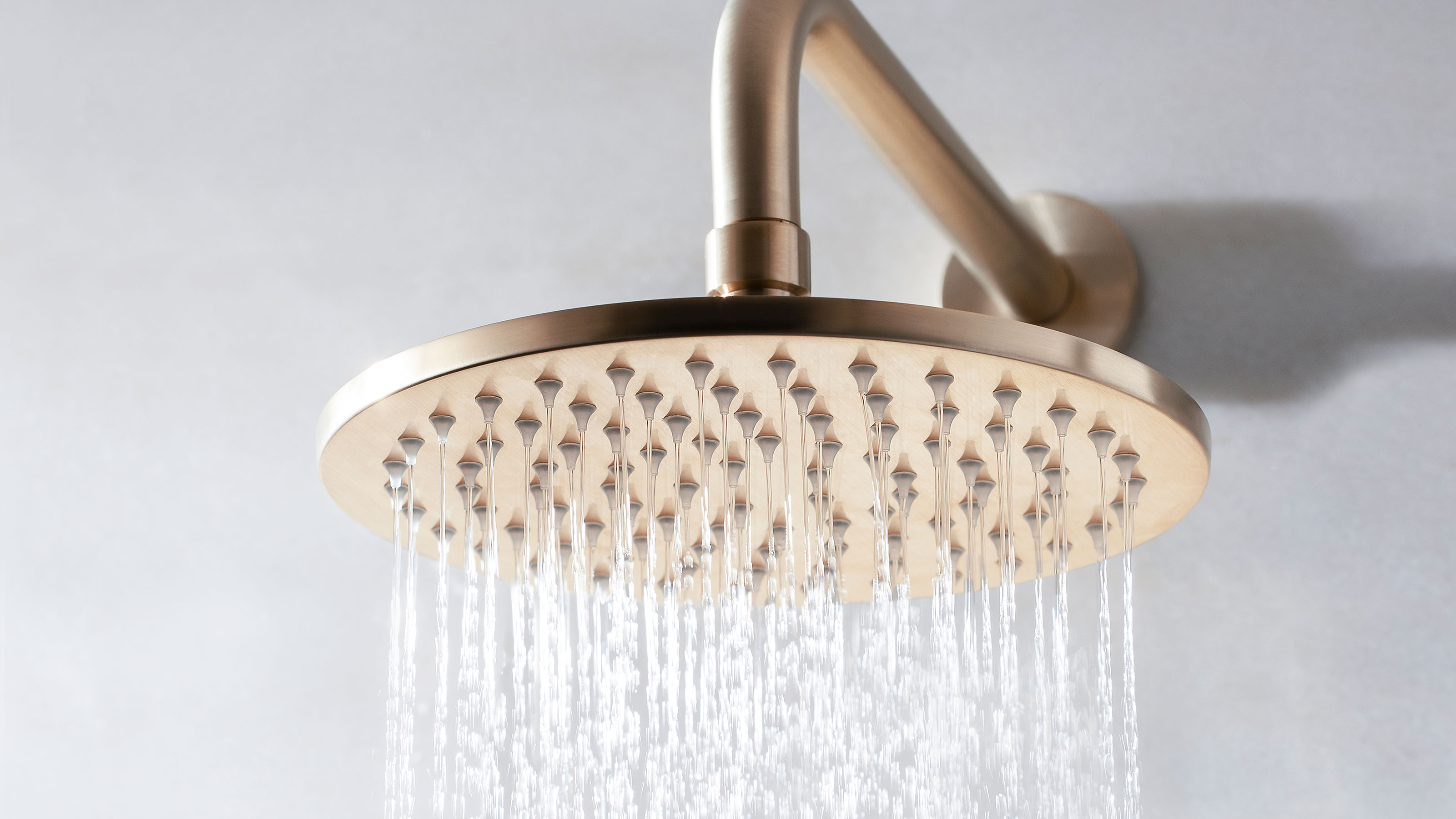
If you are in the process of designing a bathroom and choosing new products you may well be asking 'what is a thermostatic shower?' Understanding how to choose a shower that will be right for you and the needs of your household, as well as one that will suit your heating system, can be confusing.
However, once you have got to grips with the type of shower that will be best for you and your home, you can start shopping around with confidence, knowing which products will result in a powerful and efficient shower than meets all your requirements.
Here, we explain just one type of shower — the thermostatic shower. These are now one of the most common choices and if this is an option you decide you like the sound of, then you will find no shortage of fantastic designs aimed at all kinds of budgets and bathrooms.
What is a thermostatic shower?
Whatever your shower room ideas, it is important to understand how different types of showers work before you get started on your designs.
Most thermostatic showers are mixer showers that draw water from the hot and cold water supplies, combining the two flows as they emerge from the shower head.
While manual mixer showers have controls that allow the user to adjust the temperature, thermostatic showers are little different.
"A thermostatic shower works by mixing water from your hot and cold supplies to achieve the perfect temperature," explains Kerry Hale, bathroom expert from Mira Showers. "Thermostatic showers automatically revert to your set temperature, so you won’t experience a sudden burst of cold water or scalding hot water when someone turns on a tap or flushes a toilet elsewhere in your home."
Bring your dream home to life with expert advice, how to guides and design inspiration. Sign up for our newsletter and get two free tickets to a Homebuilding & Renovating Show near you.
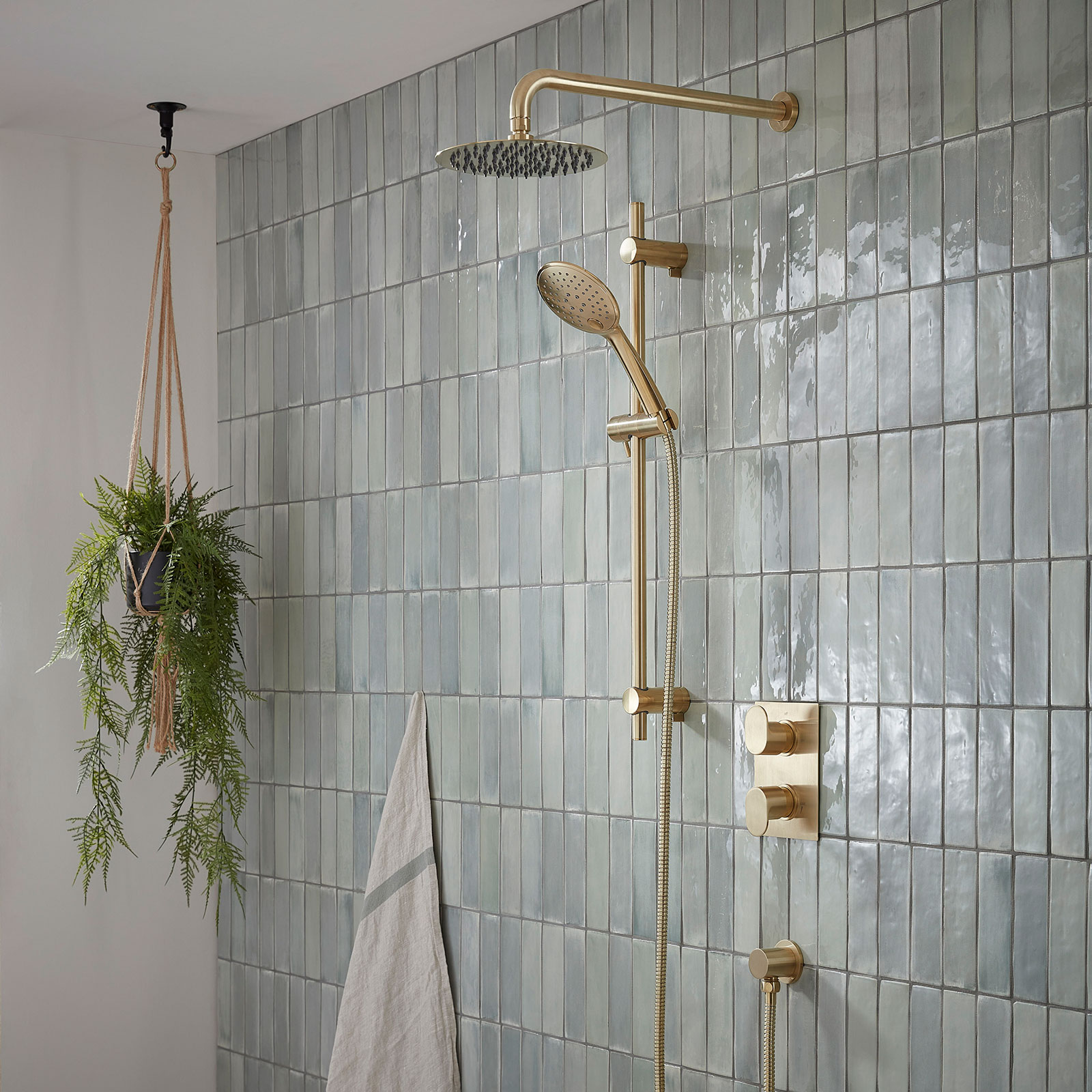
Do I need a thermostatic shower?
This all depends on what type of plumbing system you will be running your shower off. If you have a pressurised system (also known as ‘unvented’ or ‘sealed’ hot water systems), you water will either be heated directly on demand by a combination (combi) boiler, or via a thermal store.
"With a combi it is best to choose a thermostatic shower mixer valve, to even out any temperature fluctuations that can otherwise occur if hot water is used elsewhere in the property," says Homebuilding & Renovating's Editor-in-Chief Claire Lloyd.
"This choice will also depend on your budget and the project size. Manual showers tend to be cheaper, and are easier and cheaper to install if you intend to add a shower above an existing bath (where there isn't currently one). This will not involve chasing out the wall to add the hot and cold feeds."
"However, if you're undertaking a bathroom renovation and disturbing the wall tiles in any event, then it makes sense to add a thermostatic shower. They're also a much safer choice in homes with younger children and elderly family members."
Are power showers and thermostatic showers the same?
In short, no, they are not. So, what is a power shower? Power showers combine water from your hot and cold water supplies to achieve the required temperature and feature a shower pump, designed to boost water pressure.
There are two main types of power shower:
- Thermostatic power showers are designed to keep the pressure and temperature of the water coming from your shower balanced, even when water is used elsewhere in the house. Therefore these are a type of thermostatic shower.
- Manual power showers, on the other hand, rely on the user to adjust the temperature to suit.
What is the difference between electric showers and thermostatic showers?
An electric shower heats water on demand and unlike mixer showers, only requires a cold water feed.
The best electric showers have many benefits. They never run out of hot water as water is heated when it is needed rather than being stored in a tank. In addition, if you have a combi boiler, the temperature of the water from an electric shower is not affected when water is used elsewhere in the house.
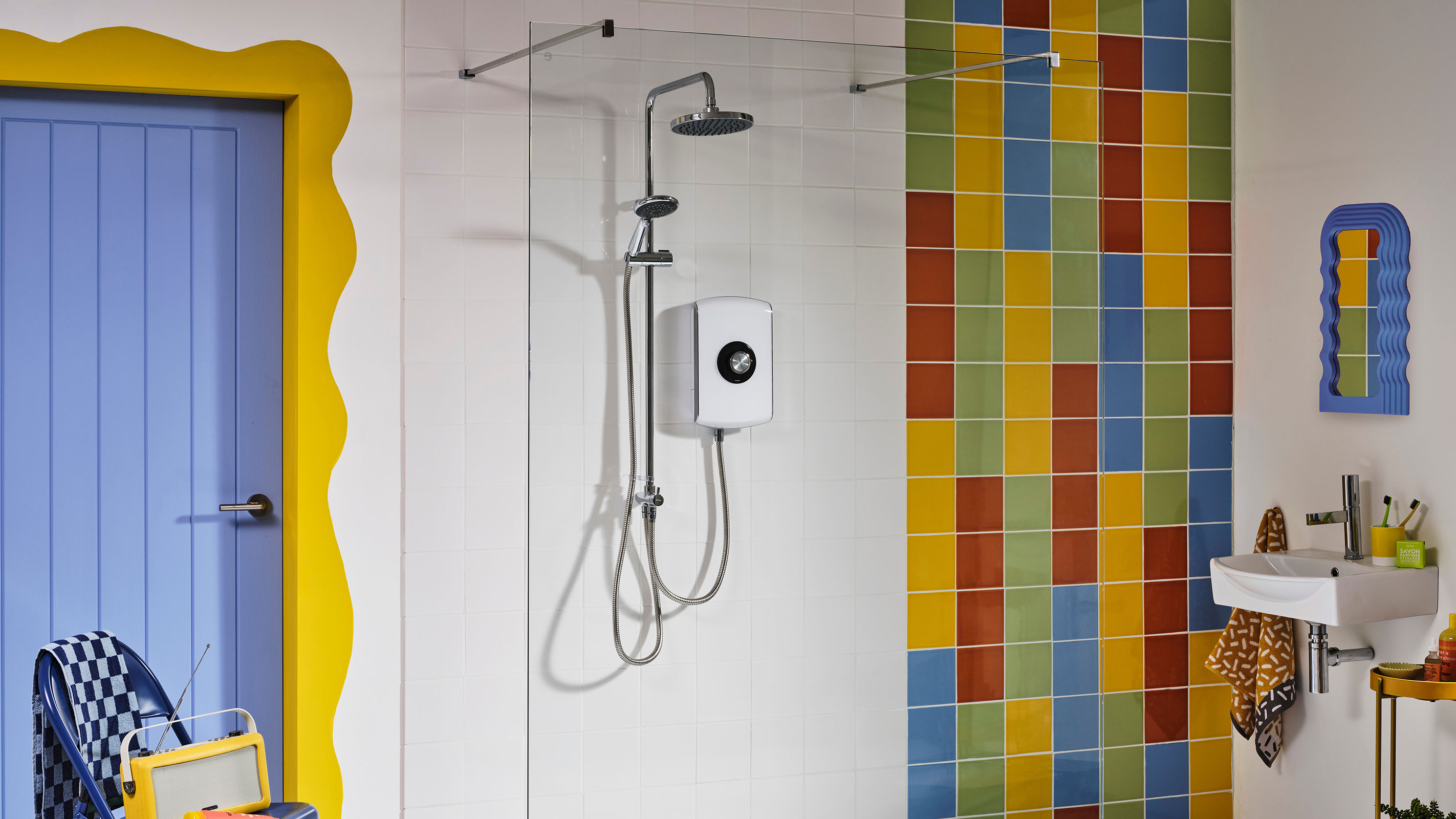
What are the benefits of thermostatic showers?
"Thermostatic showers prevent the risk of scalding (or freezing) when someone turns on a tap elsewhere, or flushes a loo," says Claire Lloyd.
"You set your temperature and the mixer automatically maintains this by feeding in the right amounts of hot or cold water. An electric shower can do this too, but a thermostatic shower gives peace-of-mind for those with children or the elderly family members."
Are there any cons of thermostatic showers?
The main downside of thermostatic showers is that they do tend to cost a little more than manual mixer showers and some electric showers. That said, they are cheaper than digital showers and power showers.
They are also a little more costly and time consuming to install than manual mixer showers — expect to pay around £50 more to have one fitted. This cost will rise if adding a new shower to an existing bathroom with just a bath. Something to bear in mind if it is ways to create bathrooms on a budget that you are after.
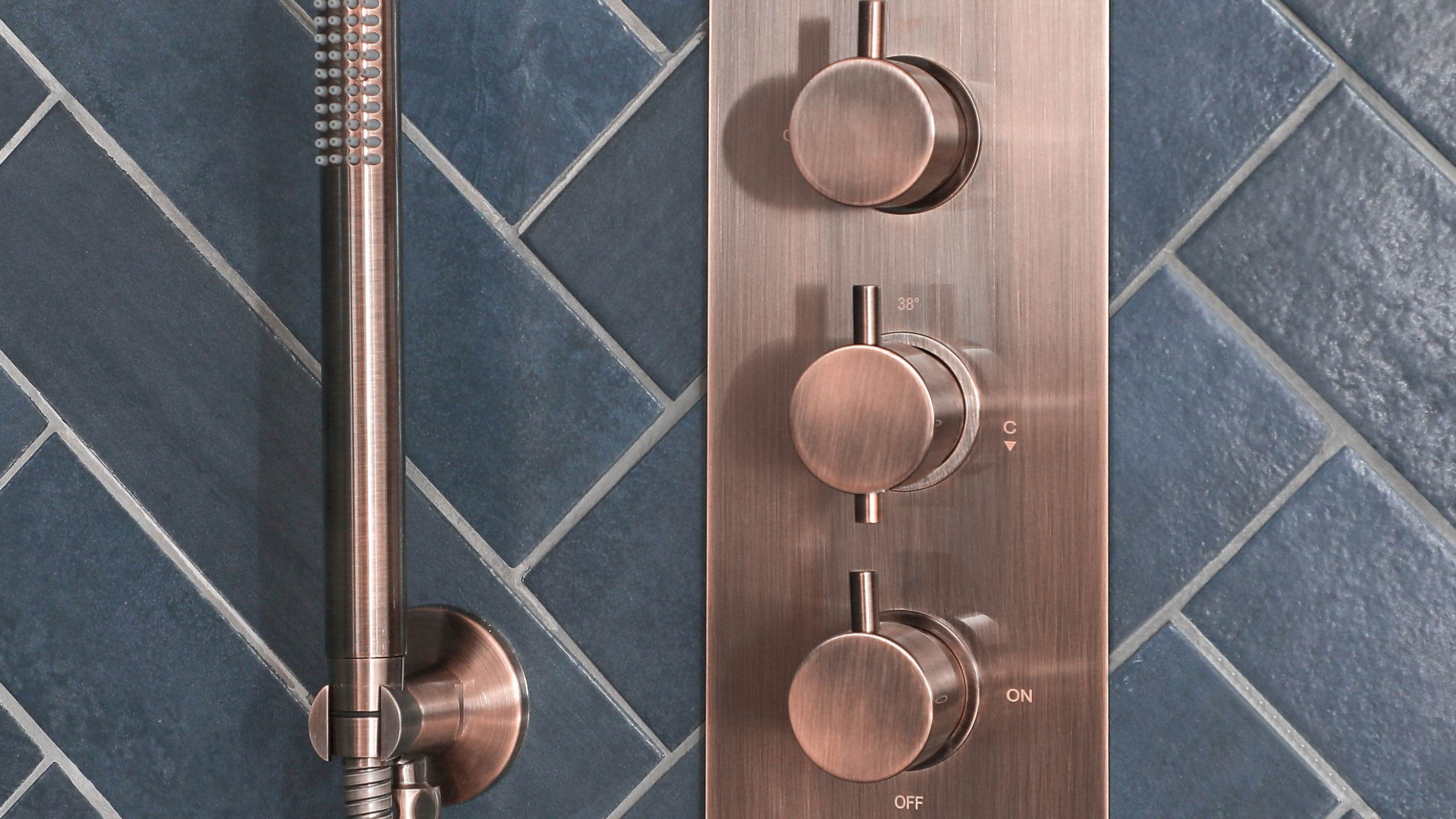
How much do thermostatic showers cost?
The big question, how much do thermostatic showers cost? Although this will largely depend on the model you opt for and any additional extras you choose to have (such as body jets and additional heads), expect to pay from around £140 right up to £700 or more.
The cost of fitting a bathroom can easily spiral so to give you a comparison, some basic manual electric showers can be picked up for less than £60, although top of the range thermostatic electric showers can easily cost £400+.
Manual mixer showers start at around £50 rising to between £150-£300.
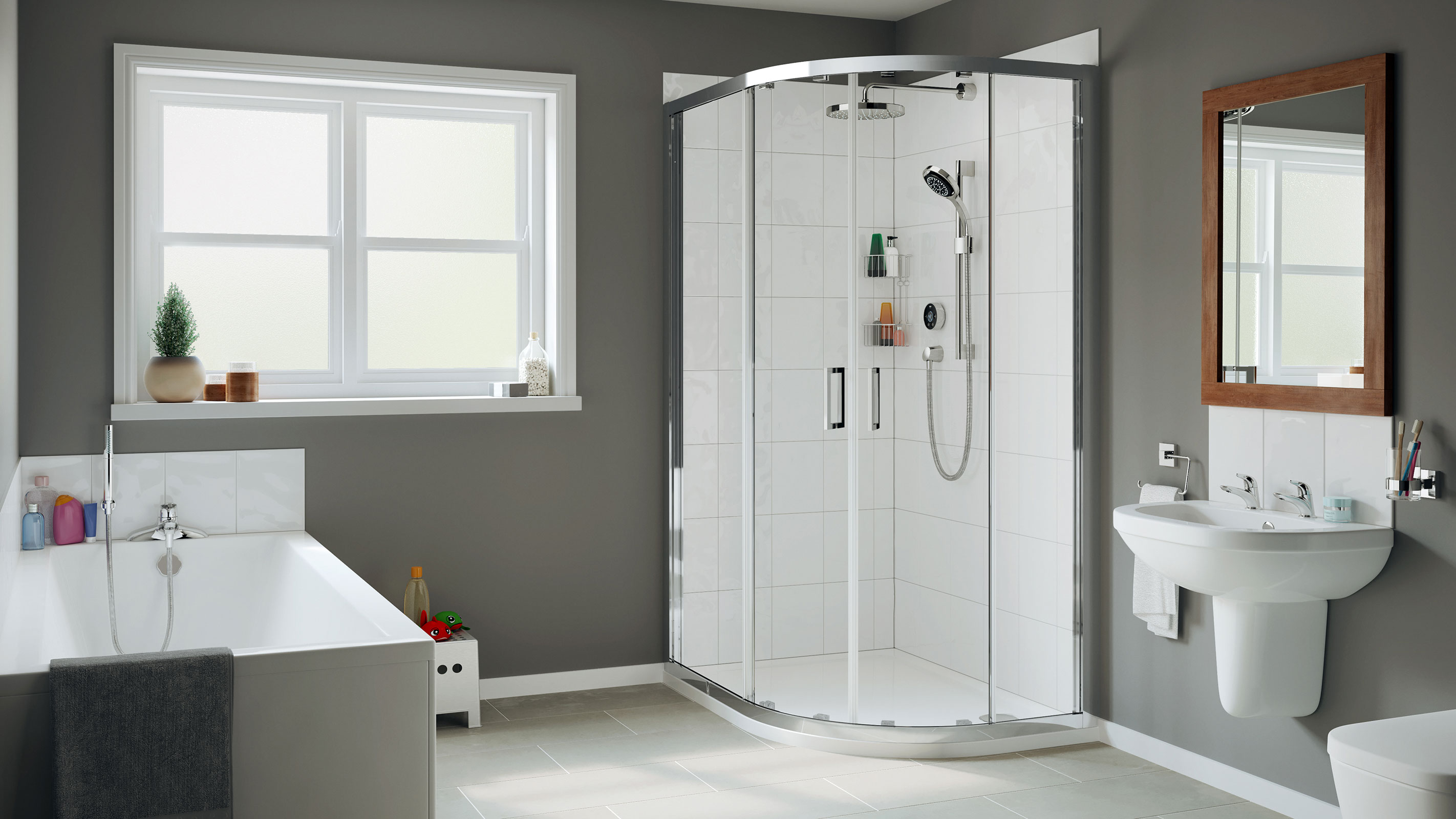
Natasha was Homebuilding & Renovating’s Associate Content Editor and was a member of the Homebuilding team for over two decades. In her role on Homebuilding & Renovating she imparted her knowledge on a wide range of renovation topics, from window condensation to renovating bathrooms, to removing walls and adding an extension. She continues to write for Homebuilding on these topics, and more. An experienced journalist and renovation expert, she also writes for a number of other homes titles, including Homes & Gardens and Ideal Homes. Over the years Natasha has renovated and carried out a side extension to a Victorian terrace. She is currently living in the rural Edwardian cottage she renovated and extended on a largely DIY basis, living on site for the duration of the project.

